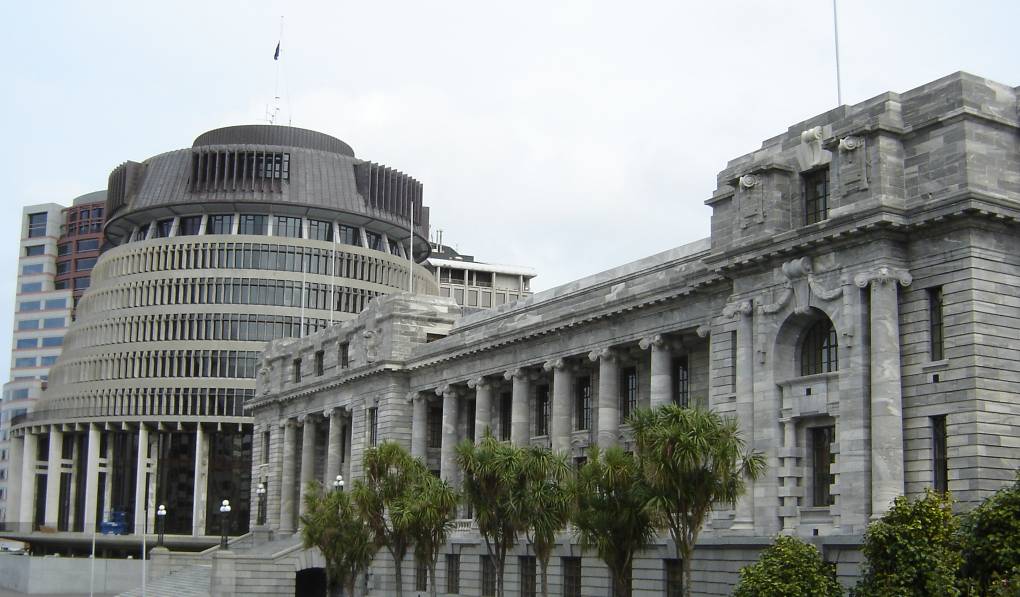Economics blogger Michael Reddell raises good questions about the decision to eradicate Mycoplasma bovis.
One question is boldly set out in the headline on his article – Why are we gifting so much to farmers?
Another is to ask about the background papers and analysis which explains how the figure of $870 million – the cost of the eradication programme – has been reached.
Mr Reddell says:
We don’t have copies of the relevant Cabinet papers, or the relevant advice from The Treasury or Ministry for Primary Industries.
Not that long ago, the incoming government talked of its commitment to open government, and now it plans to spend hundreds of millions of dollars of taxpayers’ money – without, it appears, any additional legislation – without giving us, up front, any of the relevant papers.
Here is the extract from the Minister’s statement yesterday
“The full cost of phased eradication over 10 years is projected at $886 million. Of this, $16 million is loss of production and is borne by farmers and $870 million is the cost of the response (including compensation to farmers). We expect to do most of the eradication work in 1-2 years.
“Government will meet 68 per cent of this cost and DairyNZ and Beef+Lamb New Zealand will meet 32 per cent.
“The alternative option was for long-term management. This was projected at $1.2 billion. Of this, $698 million is the loss of production borne by farmers and $520 million of response costs.
“To not act at all is estimated to cost the industry $1.3 billion in lost production over 10 years, with ongoing productivity losses across our farming sector.”
We don’t know how any of these numbers are calculated. I’m not sure what the average price of cattle is, but even if it is $1500, compensation for the cull of 150000 cattle is a long way short of $870 million. We also don’t know what reasonable probability to assign to the success of the eradication strategy. That matters, a lot.
But what we can deduce is that given the choice between long-term management and eradication, the costs of the former would be borne by the industry (farmers), while two-thirds of the cost of the eradication strategy is to be borne by taxpayers generally.
As there appear to be no foreign trade issues (and even if they were, they would be costs to the industry) or food safety issues, it isn’t clear why taxpayers’ should be expected to meet any material proportion of the costs, when all the benefits will accrue to industry themselves. It has the feel of the classic line about people being keen, when they can, to socialise losses and capitalise gains.
I’m not unsympathetic to individual farmers (there are quite a few past or present dairy and beef farmers in my wider family) but why isn’t this just an industry issue, in which if the industry regard eradication as the appropriate option that strategy is funded by an appropriate levy collected, say, per head of cattle?
Most of the cattle aren’t any longer in small-scale operations (even the average dairy herd size in now 400). Between the stock and the land ($40000 a hectare, median farm perhaps 100 hectares) and the milking equipment, a typical dairy farm isn’t a small business and the typical owner isn’t poor by any means. An increasing share of the cattle is in very large business operations.
$600 million here, $600 million there, and pretty soon you are talking serious money. If there is public money to spend so liberally on health, I’d rather it was spent on human health.
I’m sure there are other pressing needs within the natural ambit of government. And, of course, there is always the option of returning our own money to taxpayers in the form of lower taxes.
I also don’t purport to understand the politics of this. Perhaps the government is dead keen not to alienate further the business community and “regional New Zealand”, but this appears to be almost wholly an industry issue, and I’m not sure that mending party political fences with elements of the business community is really a legitimate use of public money.
There may be a stronger wider public policy case to be made for this intervention, Mr Reddell concludes.
But if so, it hasn’t been made to the public so far. Instead, he contends, our money is being taken for giving to farmers, to directly benefit their own industry bottom lines.
Source: Croaking Cassandra












